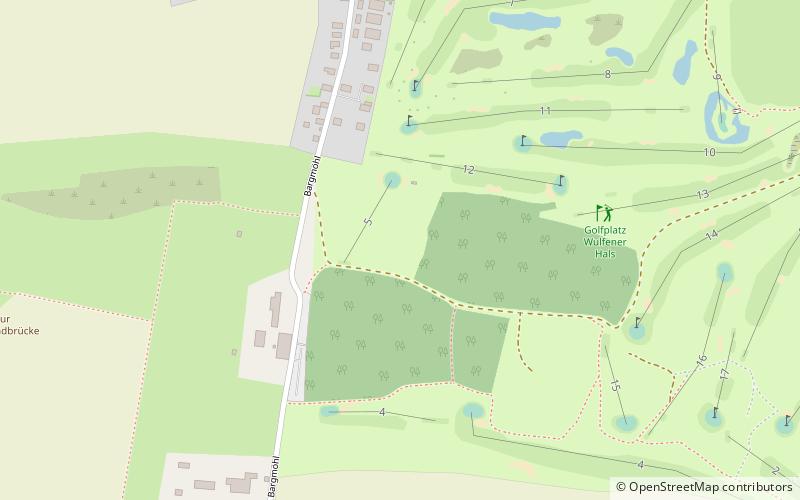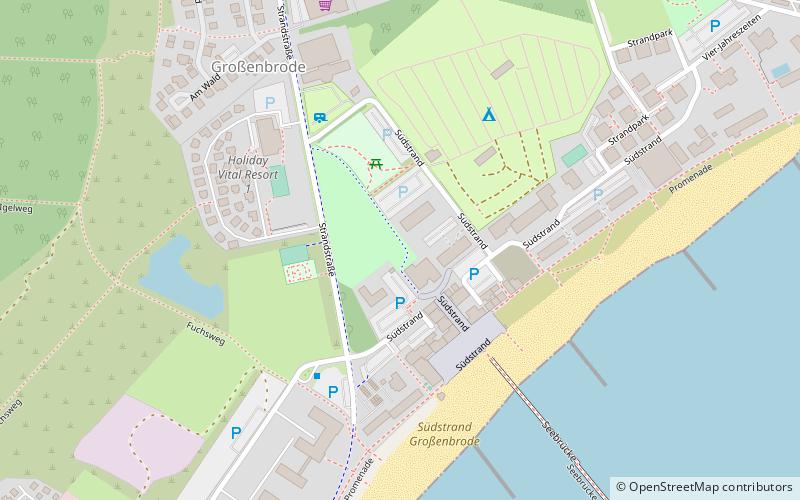Langbettgrab, Fehmarn


Facts and practical information
The Hunebed of Wulfen in the south of Fehmarn in Schleswig-Holstein is a reconstruction that took place in 2010.
At the Wulfener Berg, near Wulfen was a burial ground with large stone graves of the Funnel Beaker Culture from the time of 3500 to 2800 B.C. Striking were several long beds with up to 130 m length. In 1836, the antiquities researcher Diederich Harries described the largely destroyed graves, of which no traces remain. The stones were blown up and sold as building material.
The model for the reconstruction of the long bed was a drawing that D. Harries had made of a well-preserved long bed that was located on the salt marsh below the Wulfener Berg. It consisted of an east-west oriented enclosure and two chambers, each with seven bearing stones and two capstones. This megalithic site was destroyed in 1876 when stones were needed for dike construction.
The stones used for the approximately 60 m long and 7.0 m wide replica were gathered from all over Fehmarn and erected with the help of excavators. In the middle of the grave a so-called sacrificial stone was placed, which, however, does not fit into this context. The mounding that was common in the Stone Age was dispensed with, as was the intermediate masonry in the gaps between the stones.
Fehmarn
Langbettgrab – popular in the area (distance from the attraction)
Nearby attractions include: Fehmarnsundbrücke, St. Nicholas Church, Farmworld, Windmühle in Lemkenhafen.











